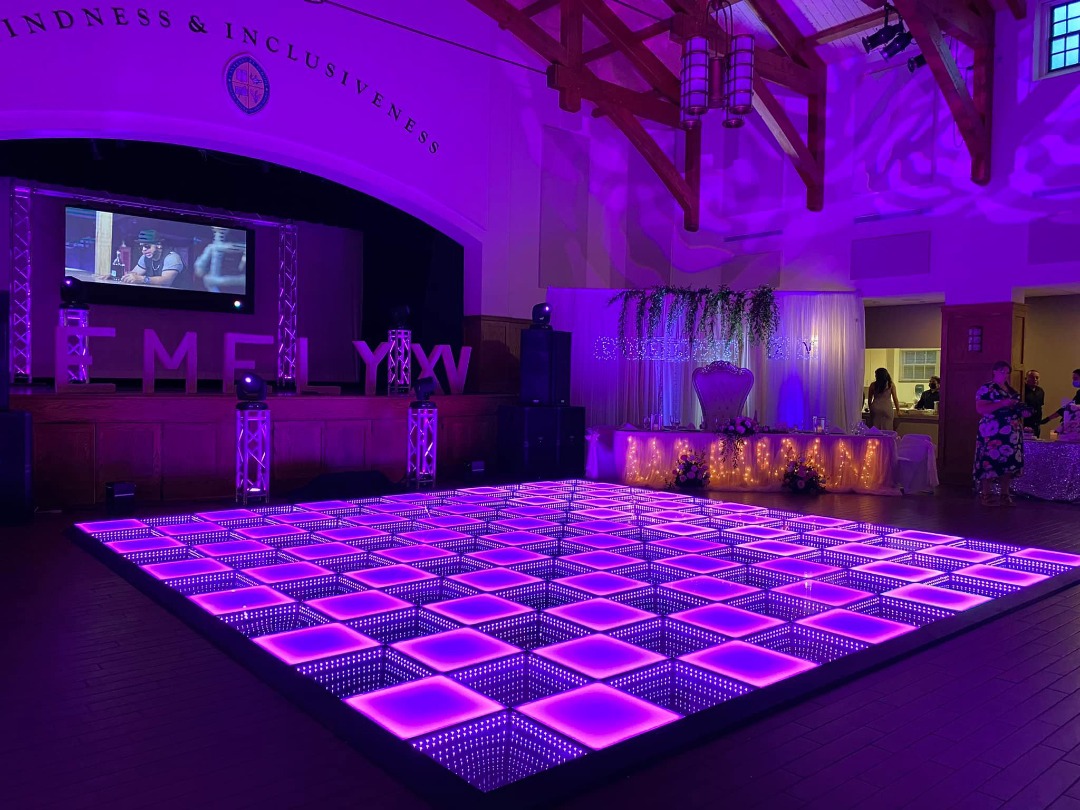Critical Tips to Improve the Strength of Your Flooring System
Wiki Article
In order to maintain a dance surface's longevity, it is essential to understand the materials and composition that contribute to its strength. Performance floors are typically crafted from wood, synthetic, or customized foam substances. Each kind has its own benefits and drawbacks. Timber surfaces provide superior resilience and impact resistance, making them ideal for various movement styles. Synthetic surfaces are frequently easier to maintain and can be designed with slip-resistant textures, which is vital for safety. Custom foam floors provide padding, which can help reduce injuries. Selecting the appropriate option based on the intended purpose of the dance floor greatly impacts its longevity.
Regular upkeep is vital for extending the lifespan of a dance floor. This involves sanitizing and restoring the surface as required. For timber surfaces, it is necessary to sweep or hoover regularly to eliminate debris and grime that can scratch the finish. Additionally, applying a protective coating or treatment every few cycles helps protecting against moisture and erosion. Vinyl surfaces should be cleaned with suitable cleaners that do not harm the flooring. Keeping a consistent sanitizing schedule will not only maintain the appearance of the surface but also guarantee a secure dancing environment.

Temperature and humidity hold a significant part in preserving a dance floor's condition. Optimal conditions for wooden surfaces are typically a temperature of 60-80 degrees Fahrenheit and a moisture level of forty to sixty percent. Excessive humidity try this can lead wood to distort or develop mold, while excessively dry environments can result in cracking. In areas where moisture levels vary, it may be beneficial to utilize a humidifier or drying unit. For synthetic or foam surfaces, maintaining proper airflow can help minimizing humidity buildup that might compromise their stability.
Proper use is another essential strategy for extending the life of a dance surface. It is important to set guidelines for events that occur on the floor. For instance, high heels or pointed items should be avoided as they can create permanent harm. Keeping fixtures away from performance areas also avoids scratches and indentations from developing. If the space accommodates multiple functions, placing protective covers during alternative uses can further shield visite site the surface from wear.
Finally, regular professional evaluations are an effective method to ensure continuous maintenance of a performance floor. Hiring experts who focus on flooring can deliver valuable guidance into potential issues before they turn into serious concerns. These professionals can offer guidance on repairs or refinishing solutions that might prolong the lifespan of the floor significantly. By committing to regular inspections and updates, facility managers can maintain that their dance surface stays safe, appealing, and practical for years to come.